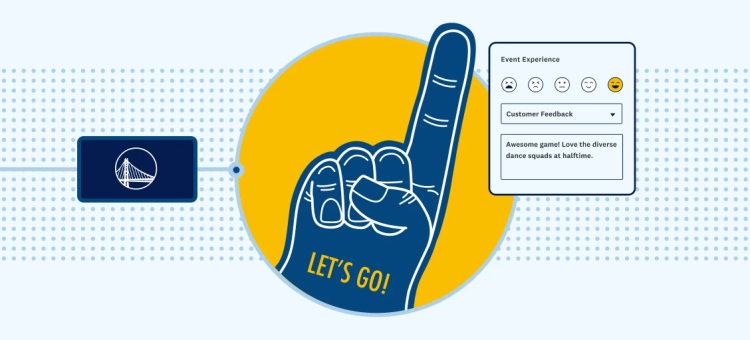There’s no time like the present to get a better understanding of when to launch your survey projects. As part of our annual State of Surveys report, we wanted to learn more about the best time to send a survey to receive the most responses. So we analyzed more than a decade’s worth of surveys sent through our platform to see how many responses were submitted on each day of the week.
Read on to find out what we learned from looking at millions upon millions of surveys, and how our research can help you send your surveys at the right time and get better results.
Survey timing 101
So what are the fundamentals of survey send times, according to our research?
Our State of Surveys report shows that almost 4 in 5 (78%) of survey responses in the US are submitted during the workweek, with response rates peaking on Wednesday and Thursday. Less than 1 in 4 (22%) survey responses are submitted during the weekend.
But believe it or not, optimal survey send times actually involve more than just timing. Other factors contribute to the response rates on different days of the week, including survey length and mobile optimization. (For example, surveys taken on mobile devices are more likely to be submitted on weekends, compared to those taken on non-mobile devices.) Even if you think you’ve worked out the perfect time to send your survey, these things can ultimately have a big impact on your results.
Survey timing tips: What to know before you send
When it comes to the latest survey timing best practices, there are two key takeaways from our 2024 State of Surveys report:
Boost your response rate by sending midweek
In the report, our charts show how midweek is clearly a sweet spot for surveys. Wednesday and Thursday see the highest number of responses submitted (17.7% and 17.9%), but the midweek magic doesn't end there. Wednesday, Thursday, and Friday, also see higher-than-average completion rates, meaning surveys taken on those days are more likely to be completed.
In short, sending your survey early to midweek not only follows the data, it also takes into account most people’s daily lives and schedules. Friday through Sunday, people may be living for the weekend and less likely to jump at the chance to answer a survey. Tuesday through Thursday are the thick of the workweek, and respondents may feel they have more breathing room to fill out surveys.
If you’re sending on the weekend, keep mobile device usage in mind
So sending your survey early to midweek is generally ideal, but that doesn’t mean you can’t send on the weekend—and there are things you can do to optimize a weekend launch. This is where another set of data from our State of Surveys report comes in: device usage by day of the week.
You see, mobile users are more inclined to take a survey on the weekend, compared to non-mobile users (24% vs 20%). So if you’re sending your survey on the weekend, you can pave the way for a better response rate by factoring in mobile usage and optimizing your survey design accordingly.
As mentioned above, one simple way to optimize your surveys for mobile is to keep things brief. (The State of Surveys report shows that one page, with 10 questions or less, is ideal.) You might also consider limiting matrix-style questions and reducing the number of images you include—just a few ways to get better survey results.
Remembering just these two survey timing tips can go a long way in boosting your response rate. For more on the latest survey trends, research, and principles of modern survey design, make sure you check out the full State of Surveys report.



